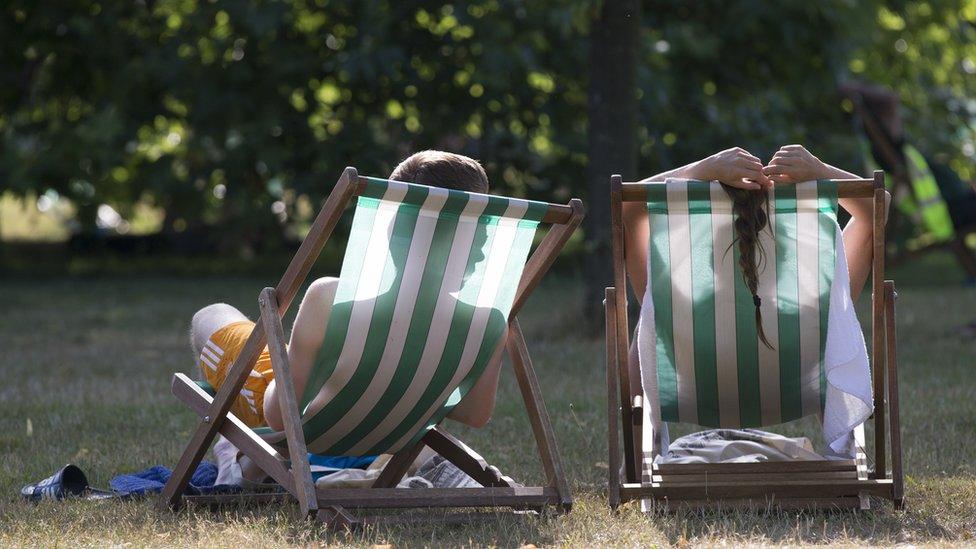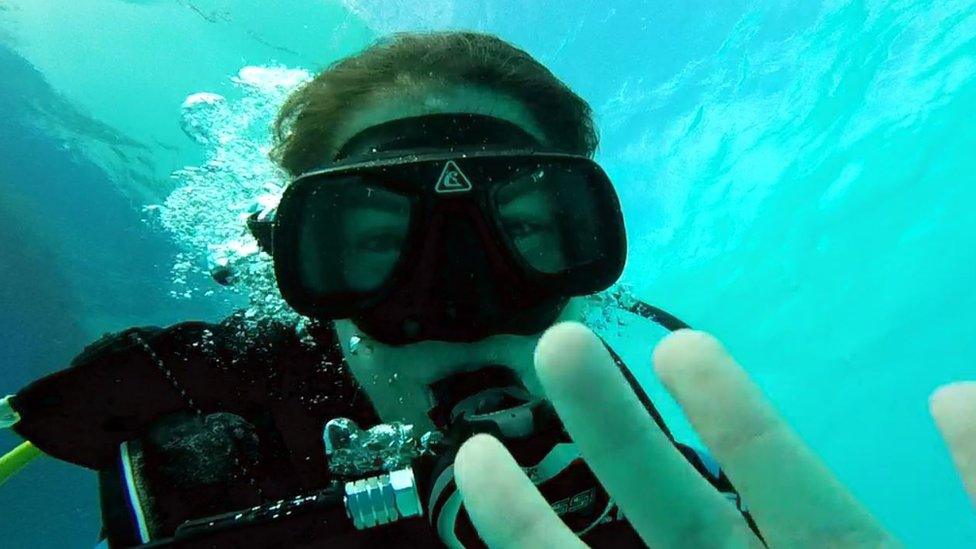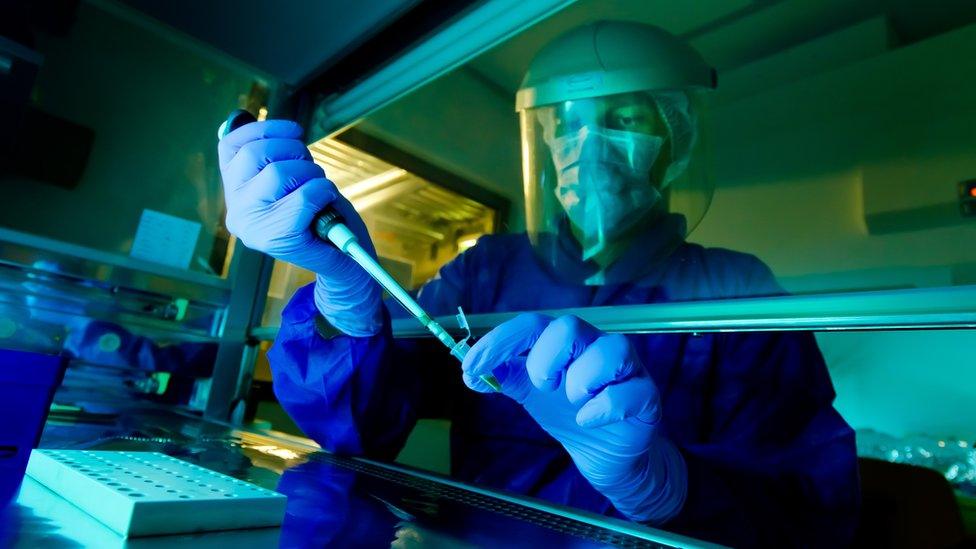The best science long reads of 2018 (part one)
- Published
From a CIA mission to recover a lost Soviet submarine to the fate of a huge Antarctic iceberg, here's a festive selection of the best science and environment long reads published on the BBC this year.
Missed part two of our best science long reads in 2018? Go here.
The CIA secret on the ocean floor By David Shukman

In the summer of 1974, a large and highly unusual ship set sail from Long Beach in California.
It was heading for the middle of the Pacific where its owners boasted it would herald a revolutionary new industry beneath the waves.
It was billed as the boldest step so far in a longstanding dream of extracting valuable metals from rocks on the seabed.
But amid all the excited public relations, there was one small hitch - the whole expedition was a lie.

'We can build a real time machine' By BBC Horizon

Physicist Ron Mallett, from the University of Connecticut, has been dreaming of time travel for most of his adult life.
His research suggests that, given enough power, lasers could be used to warp space-time - allowing us to journey into the past.
Prof Mallett says that if he could build a time machine, he would try to prevent his father's death.
BBC Horizon looked at some of the most promising ideas for turning this staple of science fiction into reality.

A tale of two heatwaves: 1976 and 2018 By David Shukman

During the heatwave that hit northern Europe this summer, comparisons were being made to 1976.
But how did the two really compare?
There were some striking similarities but also some key differences, wrote David Shukman.

The life of a shark scientist By Mary Halton

What does a marine biologist do all day?
Sydney-based shark researcher Melissa Marquez gave the BBC an insight into her work, which involves diving on the Great Barrier Reef.
She explains why sharks are the most misunderstood of predators.

The 'monster' berg: What happened next? By Jonathan Amos

A-68 should pick up the pace as the currents grab hold of it
It was a wow! moment. The world's biggest berg, a block of ice a quarter the size of Wales, fell off the Antarctic in mid-2017.
But what happened after that? Jonathan Amos found out.

Does Jurassic Park make scientific sense? By Mary Halton

In 1993, Steven Spielberg's film Jurassic Park defined dinosaurs for an entire generation.
It has been credited with inspiring a new era of palaeontology research.
But how much science was built into Jurassic Park, and do we now know more about its dinosaurs?
As its 25th anniversary approached, Mary Halton looked at the research behind the landmark movie.

How ancient DNA is transforming our view of the past By Paul Rincon

Prof David Reich of Harvard Medical School is one of the leading lights in the field of ancient DNA.
His team's work has cast a new perspective on human history, reconstructing the epic migrations and genetic exchanges that shaped the people of different regions worldwide.
Here he explains how this revolution in our understanding unfolded.
